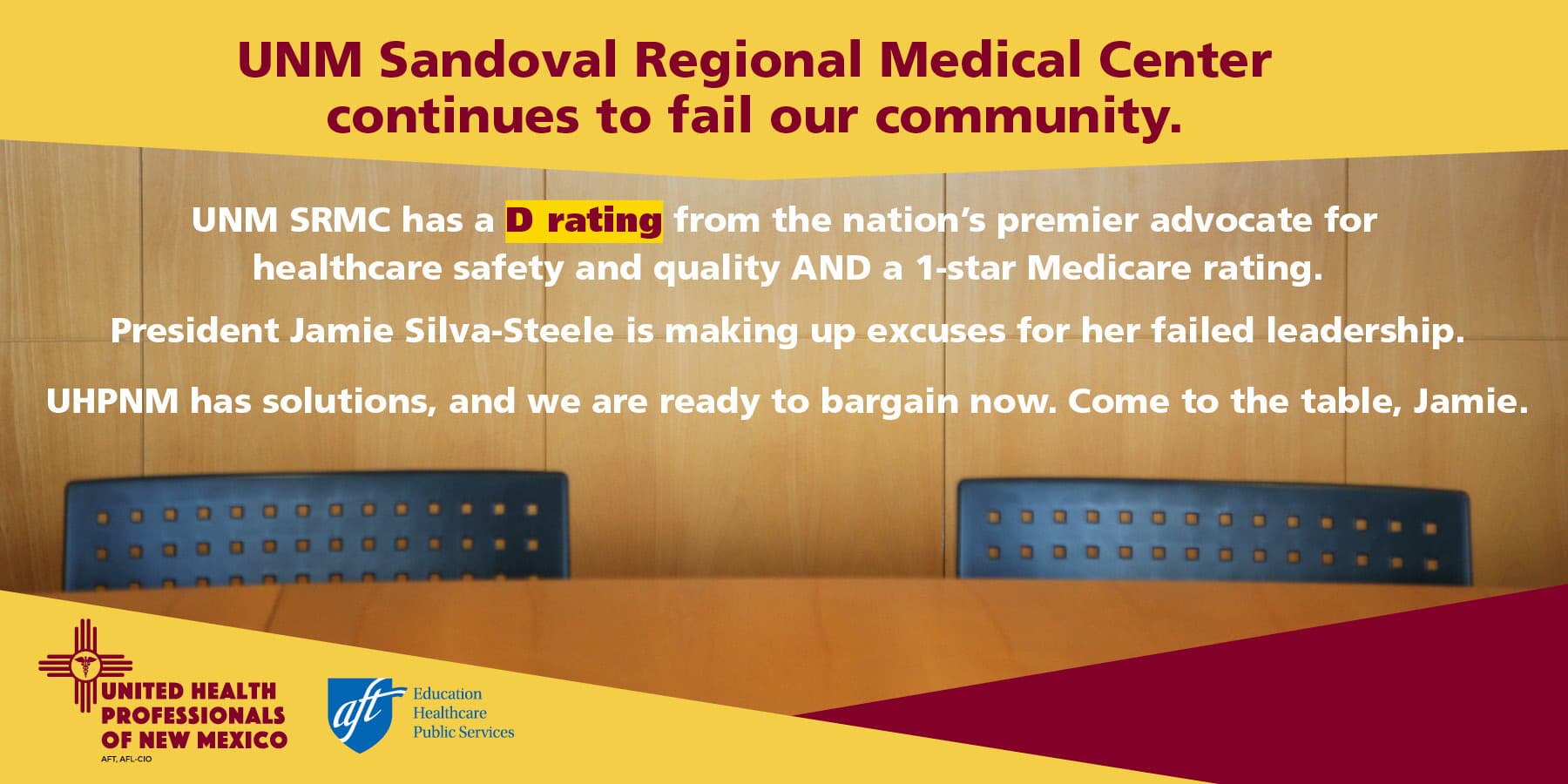Sandoval Regional Medical Center Creates Patient and Family Advisory Committee
The University of New Mexico Sandoval Regional Medical Center announced on November 8 that it has formed a Patient and Family Advisory Committee to bring patient and family perspectives into hospital planning and quality improvement. The move could give Sandoval County residents a formal role in shaping care, improving patient experience, and addressing equity in local health services.

The University of New Mexico Sandoval Regional Medical Center announced on November 8 that it has launched a Patient and Family Advisory Committee to incorporate patient and family perspectives into hospital planning and quality improvement. The committee will meet monthly with both in person and virtual options, and the hospital plans to recruit community members to serve three year terms and advise on initiatives intended to improve the patient experience.
Hospital leadership described the PFAC as a formal mechanism to ensure patient voices inform operational decision making and continuous improvement. The committee will be promoted through onsite gratitude events where community members can learn more and apply to serve. By opening multiple participation pathways the hospital seeks broader community input, including from people who face barriers to attending traditional meetings.
Patient and family advisory committees are one way health systems translate lived experience into concrete policy and practice changes. For Sandoval County residents the formation of a PFAC could influence hospital priorities from communication and discharge planning to cultural responsiveness and access to services. Local participation may surface patterns of unmet need that administrative data alone can miss, such as language access challenges, transportation obstacles, or gaps in follow up care that disproportionately affect low income households and communities of color.
From a public health perspective the committee represents an opportunity to strengthen patient centered care and reduce inequities. When hospitals integrate community feedback into quality improvement work, they can design services that better match local needs and improve health outcomes over time. The monthly schedule with virtual attendance options is likely to increase inclusivity, but achieving representative participation will require ongoing outreach, flexible scheduling, and attention to barriers such as childcare and work schedules.
The three year term structure offers continuity that can help the PFAC move beyond episodic input toward sustained involvement in policy and process changes. Sustained community involvement can also provide accountability for whether proposed improvements translate into measurable changes in patient experience and outcomes.
For residents of Sandoval County this initiative creates a clearer pathway to influence the hospital system that serves them. As the PFAC begins its work the community will be watching how recommendations are considered and implemented, and whether participation leads to tangible improvements in care delivery and equity. The hospital has signaled its intent to listen, and the coming months will show how that intent is turned into action that benefits patients, families, and the broader community.

